
5 minute read
Putting rabbits to the test
Community members will continue to be able to access free testing services for rabbits and hares, thanks to an Australian Government funded national disease monitoring program.
The National Rabbit Disease Monitoring Program is being delivered by CSIRO, Australia’s national science agency. Through this program crucial data on the various rabbit haemorrhagic disease viruses (RHDVs) circulating in Australia will continue to be collected.
Australian Chief Environmental Biosecurity Offcer, Dr Bertie Hennecke, said disease testing was another tactic in the battle to control rabbits.
“Rabbits were frst introduced to Australia in 1859 for hunting purposes,” Dr Hennecke said.
“Biological control
– in this case, use of RHDVs – is one of the most effective ways we have to keep the rabbit population in check.
“Through the disease monitoring program, any member of the public who fnds a dead rabbit or hare, whether it’s a feral animal or a pet, can request a sampling kit and then submit the sample for analysis.
“Rabbits are one of Australian agriculture’s most costly vertebrate pests, estimated to cost over $197 million in control costs and agricultural losses every year, and are a per cent through Q3,” he said. “Despite the same conditions prevailing in October, prices found a foor and levelled out.
“We believe that the producer uncertainty that was causing prices to drop has eased and, as we head toward summer, producers will be more certain about what stock numbers they will run, returning some stability to the market.”
Processing numbers are expected to see some change in the coming months, Mr GidleyBaird said. “Abattoirs are believed to have been running strongly for the last seven months, to the extent possible given labour constraints,” he said.

“With the holiday season approaching and some cattle still backed up in the system, it is uncertain if plants will shut down at year end, as is normal, before adding additional shifts in the new year, or if they use this period to get through some of the cattle that have built up in the system.” signifcant threat to our biodiversity.
Either way, the bank is expecting slaughter numbers to increase in the frst quarter of 2024.
“We need to know the distribution, diversity and seasonal activity of the various rabbit viruses that are circulating in Australia,” Dr Strive said.
“The more data we have, the better we’re able to control this pest.”
CSIRO Senior Principal Research Scientist, Dr Tanja Strive, said the data allowed for better understanding of how RHDVs were evolving over time.
“This long-term community sampling of the rabbit population has been a critical source of data on RHDVs – where they’re spreading, whether they’re mutating and changing, and how much they’re interacting.
“We know these diseases can combine and change and having the data that shows how these viruses are moving in the wild means we can look at improving biocontrol tools.”
To request a sample kit visit https://research. csiro.au/rhdv/testing/
The charm of the cinematic world is its ability to draw us into new, imagined universes. Yet, sometimes, the places we see on screen aren’t confned to cinema. They are real and awaiting our exploration. One such fantastical world is Middle-Earth, beautifully brought to life in Peter Jackson’s flm adaptations of J.R.R. Tolkien’s “The Lord of the Rings.” And while hobbits, elves, and wizards might not really be wondering around the mountains of New Zealand, the landscapes they inhabited are very real. So, as Bilbo did, let’s go on an adventure through Middle Earth!
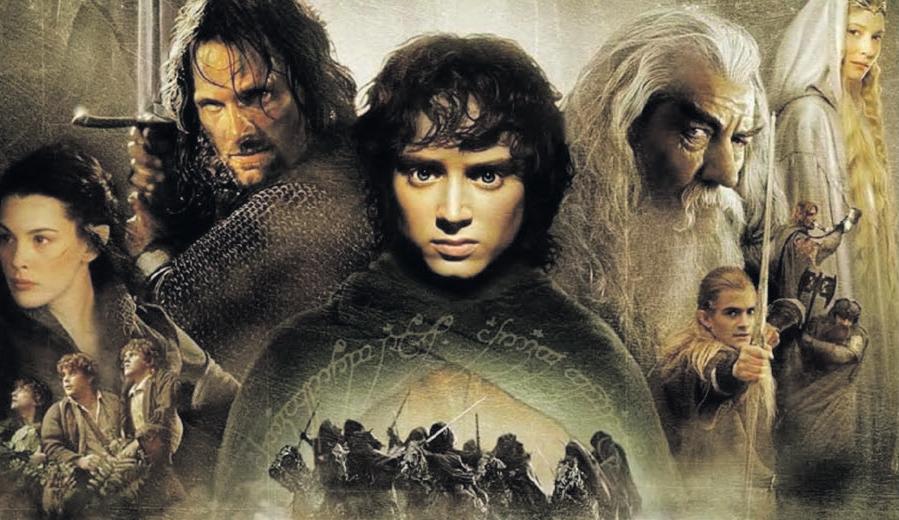
Hobbiton – Matamata
Starting off in the North Island, you’ll fnd the lush, rolling hills of Matamata, which now permanently houses the set of Hobbiton. Whether you’re wandering past
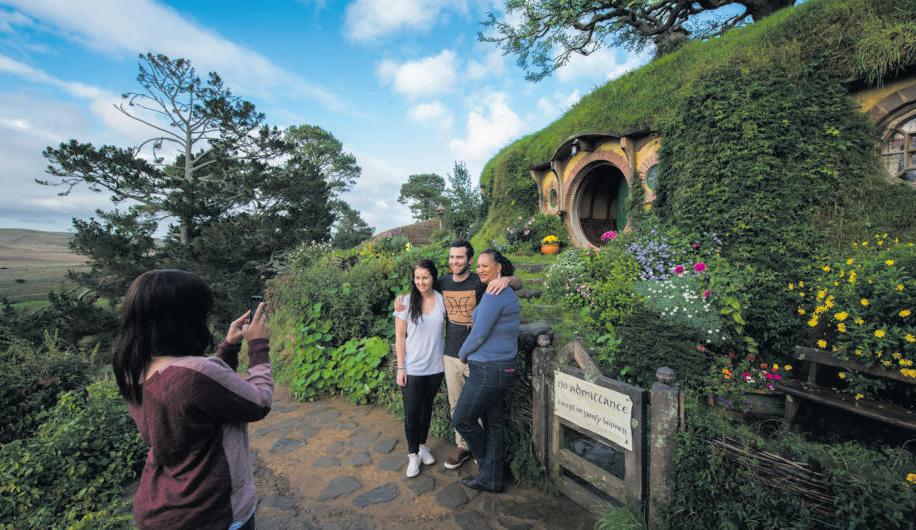
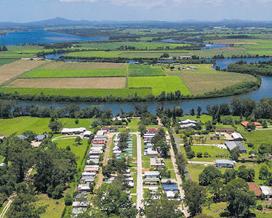
Bilbo’s Bag End or sipping ale at the Green Dragon Inn, you’ll feel as if you’re right in the heart of the Shire. The preserved set remains a testament to the flms and the dedication of the team behind them.
The Forbidden Pool –Tawhai Falls
The mesmerising Tawhai Falls, which tumble 13 meters down a rock face, doubled as the Forbidden Pool in “The Two Towers.” While the waters might not hide any secretive Gollumlike creatures, they are surrounded by a peaceful ambiance that’s perfect for a refreshing dip.
Rivendell – Kaitoke
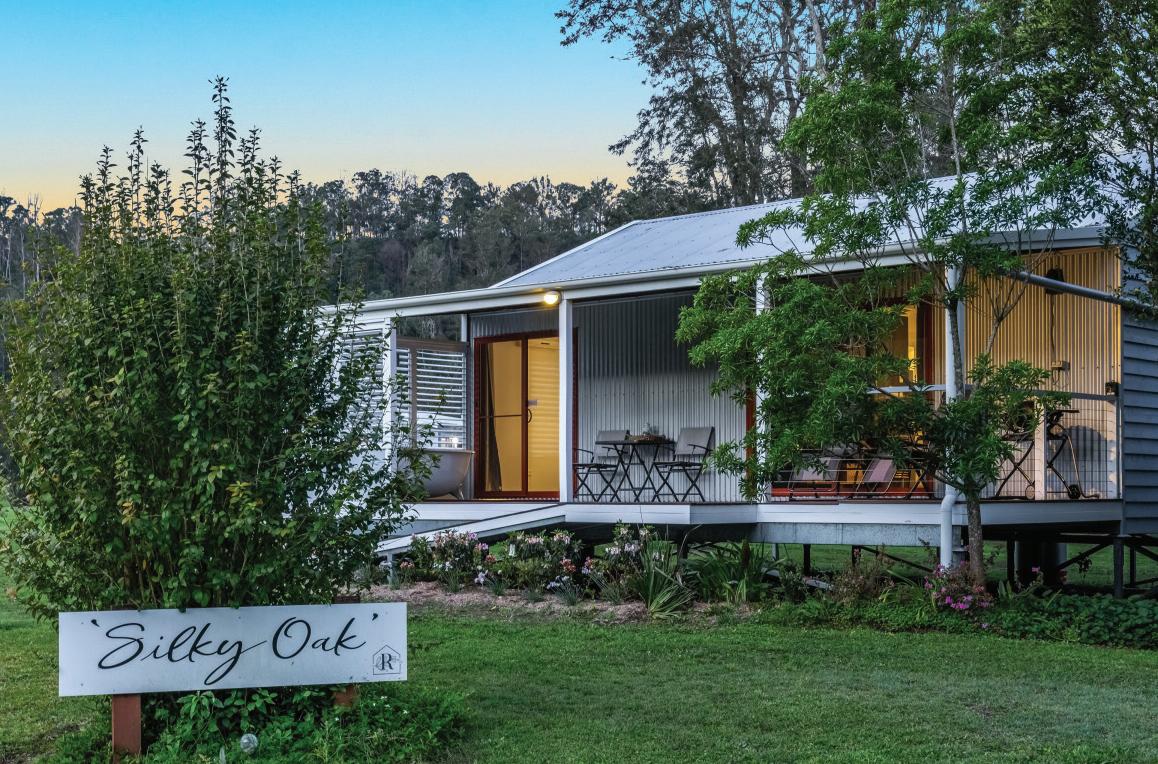


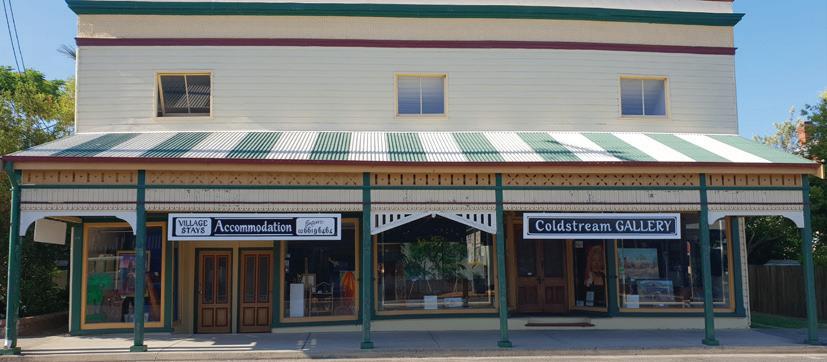
Regional Park
No trip through Middle-Earth would be complete without visiting the ethereal realm of the elves. Kaitoke Regional Park, just an hour’s drive from Wellington, served as the backdrop for Rivendell. While the Elven structures aren’t present, the park’s serene beauty and verdant rainforests offer a glimpse into why this location was chosen as the home for MiddleEarth’s wisest beings.
Paths of the Dead –Putangirua Pinnacles
This eerie location, with its looming rock formations and otherworldly feel, aptly portrayed the Paths of the Dead in “The Return of the King.” A hike through the Putangirua Pinnacles provides not just a connection to the movie but also a geological wonder.
Pelennor Fields –Twizel
Moving to the South Island, the vast grasslands around Twizel were the primary flming location for the epic Battle of Pelennor Fields. The region, with its sprawling vistas and towering mountain backdrops, captures the grand scale of MiddleEarth’s most iconic battle.
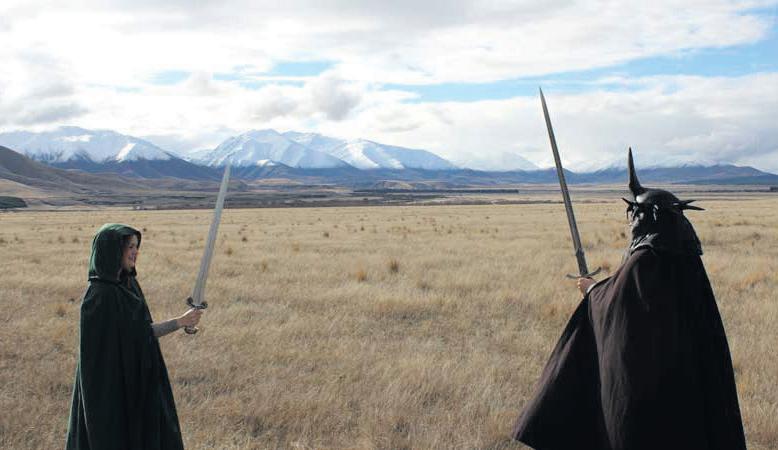
Edoras – Mount Sunday
One of the most striking sets built for the flms was the Rohan capital of Edoras on Mount Sunday. While the set itself has been removed, the 360-degree panoramic views of the Rangitata Valley remain, giving visitors a clear picture of why this location was perfect for the Horse-lords of Rohan.
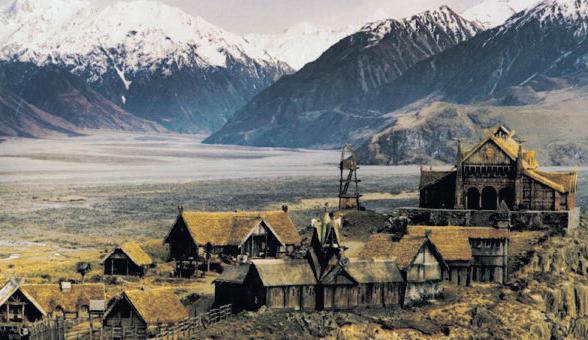
Lothlórien –Fiordland National Park
The Golden Wood, home to Lady Galadriel and her band of Elves, was shot in parts of Fiordland National Park. With its ancient forests, pristine lakes, and mysterious mists, it’s a place that feels both tranquil and enchanted.
Mordor & Mount Doom – Tongariro
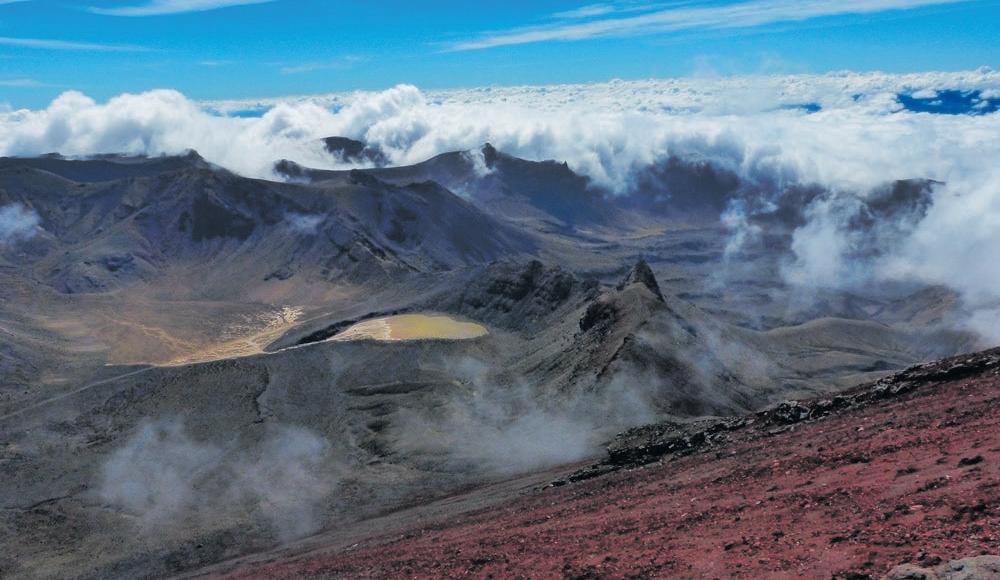
National Park
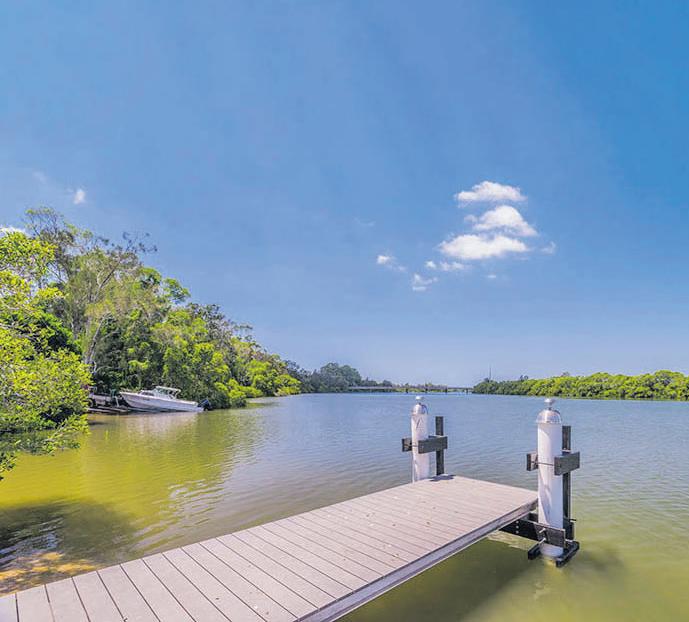
Perhaps the most iconic of all the flm’s locations, the volcanic landscapes of Tongariro National Park served as Mordor, with Mount Ngauruhoe standing in for Mount Doom. A hike here, particularly the Tongariro Alpine Crossing, offers a challenging trek with rewarding views, although, fortunately, there’s no need to dodge orcs or giant spiders in reality.
For fans of “The Lord of the Rings,” visiting these places is akin to stepping into the pages of Tolkien’s masterpiece. Yet even those unfamiliar with the saga can appreciate the sheer natural beauty and diverse landscapes of New Zealand that these sites showcase. But the real magic of this journey? It’s the interweaving of fction and reality. As you stand on a mountain peak or wander through an ancient forest, there’s that uncanny feeling of déjà vu, of stories told and retold, of battles fought, and quests undertaken. It’s a testament to the power of cinema and storytelling that such places, while always beautiful, can be flled with even deeper meaning and memory.

In the end, whether you’re a lifelong fan of Frodo’s journey or simply an adventurer seeking your next great exploration, a journey through the real landscapes of MiddleEarth is bound to be unforgettable. And as Bilbo Baggins wisely said, “It’s a dangerous business, Frodo, going out your door. You step onto the road, and if you don’t keep your feet, there’s no knowing where you might be swept off to.”.











